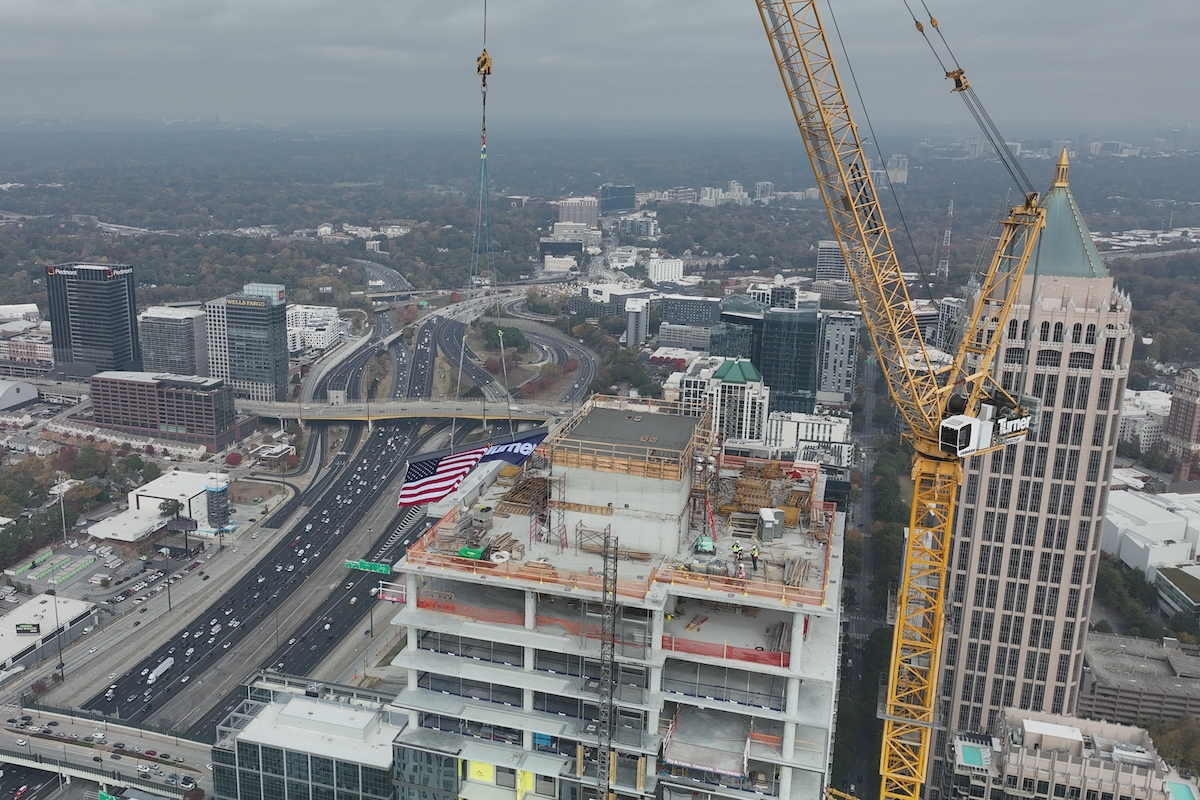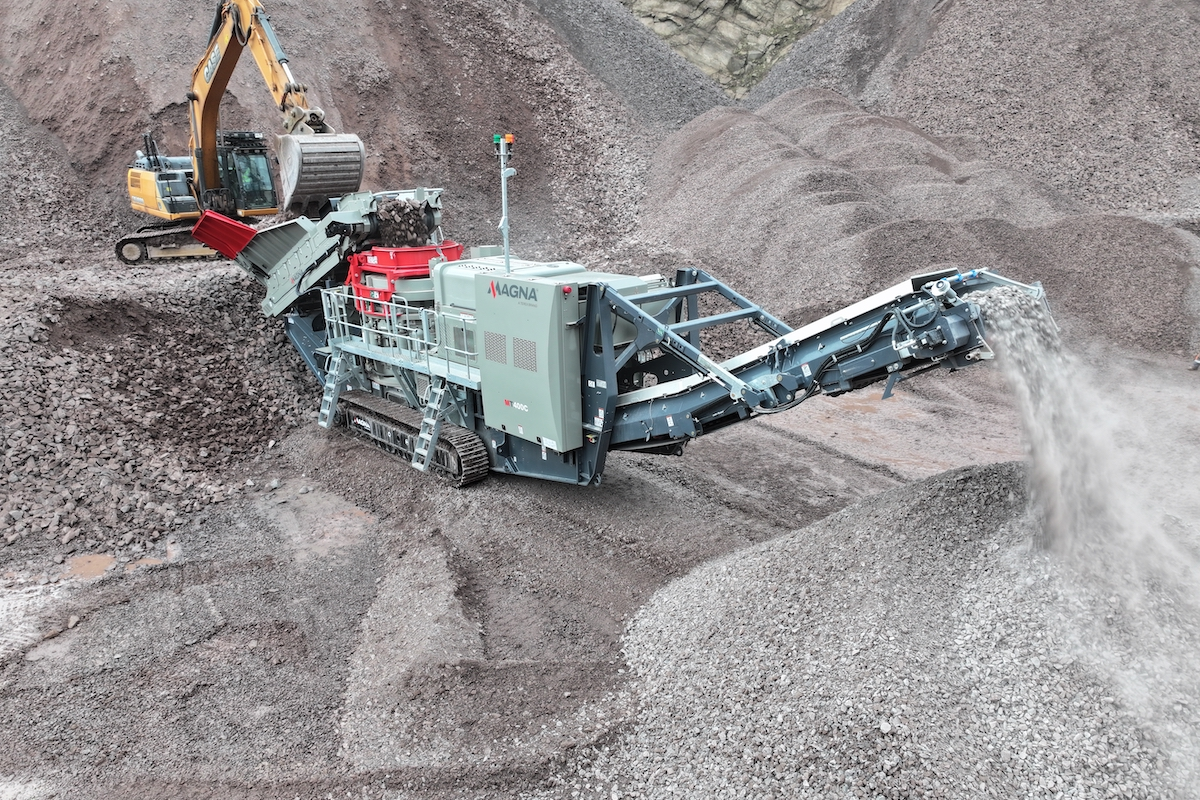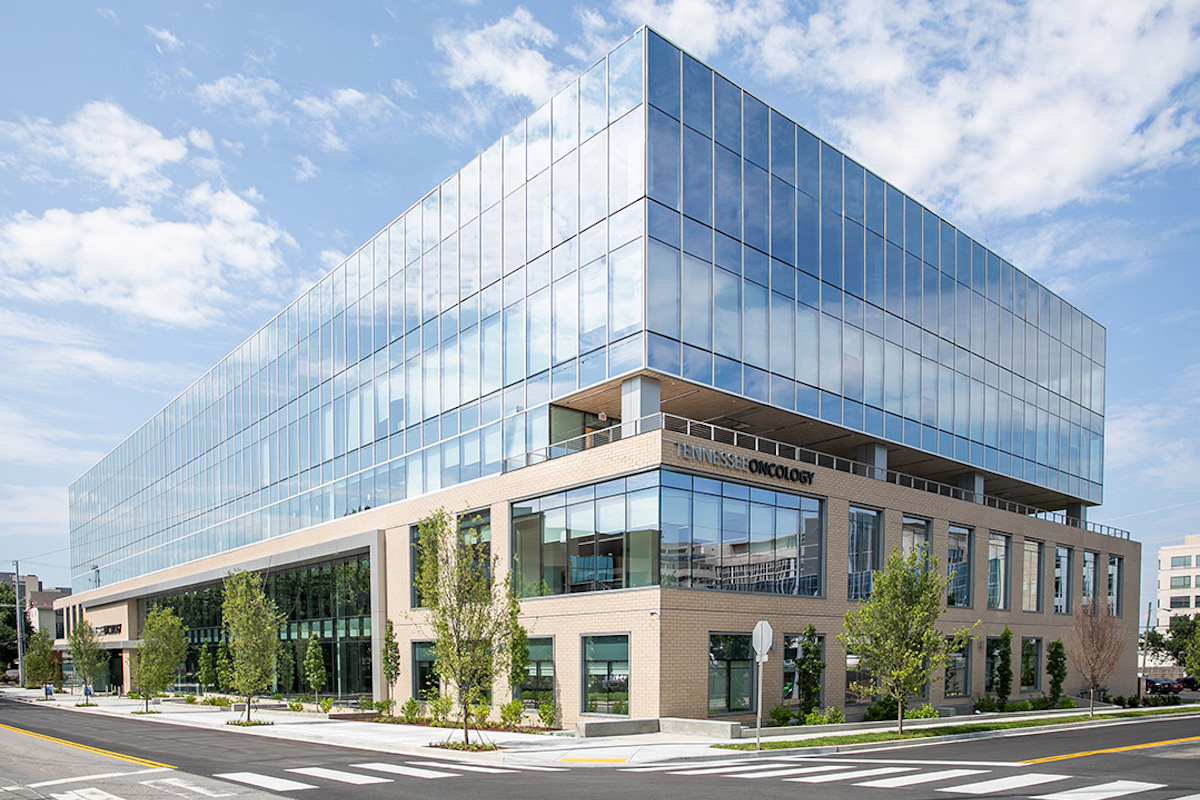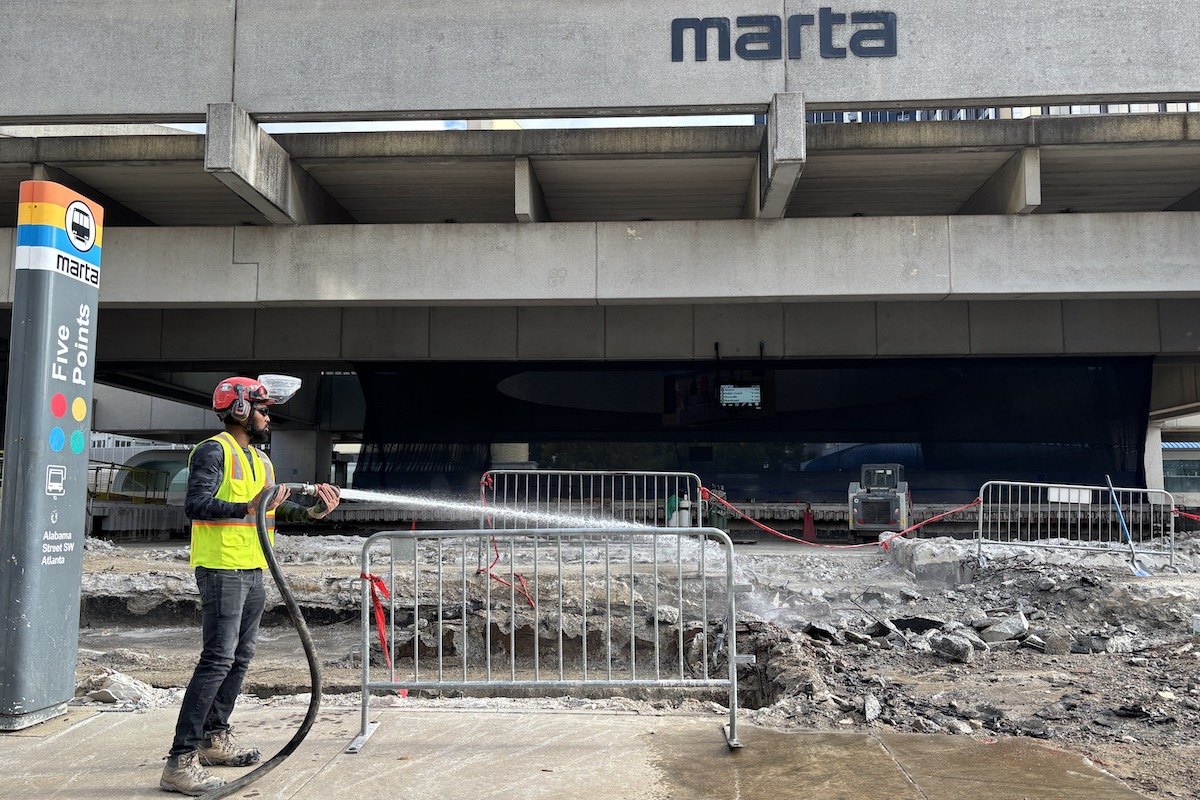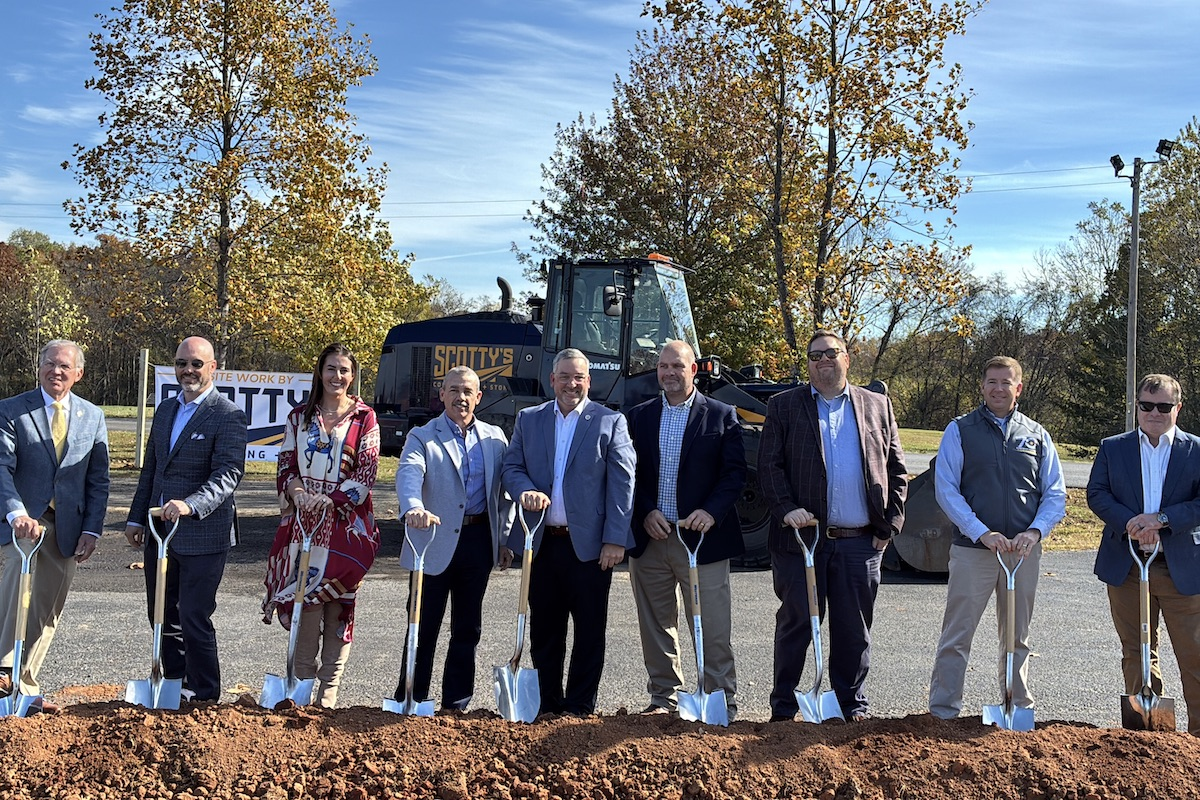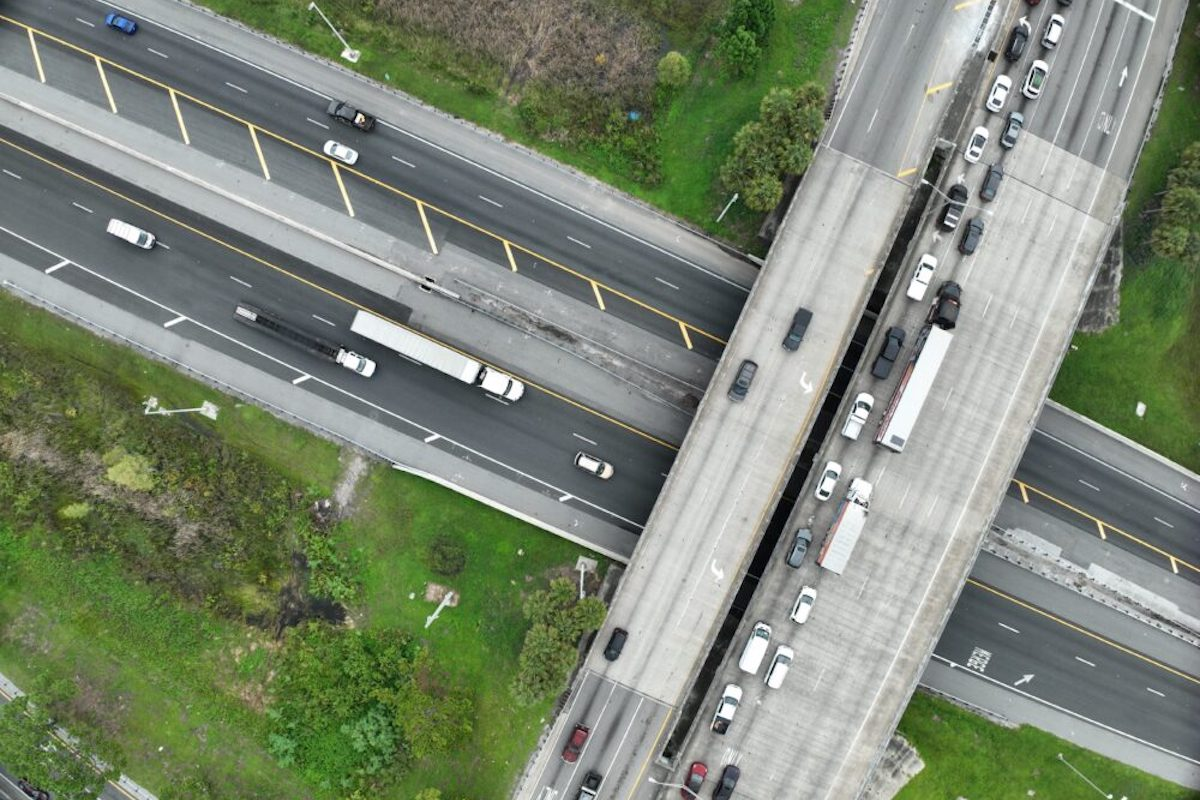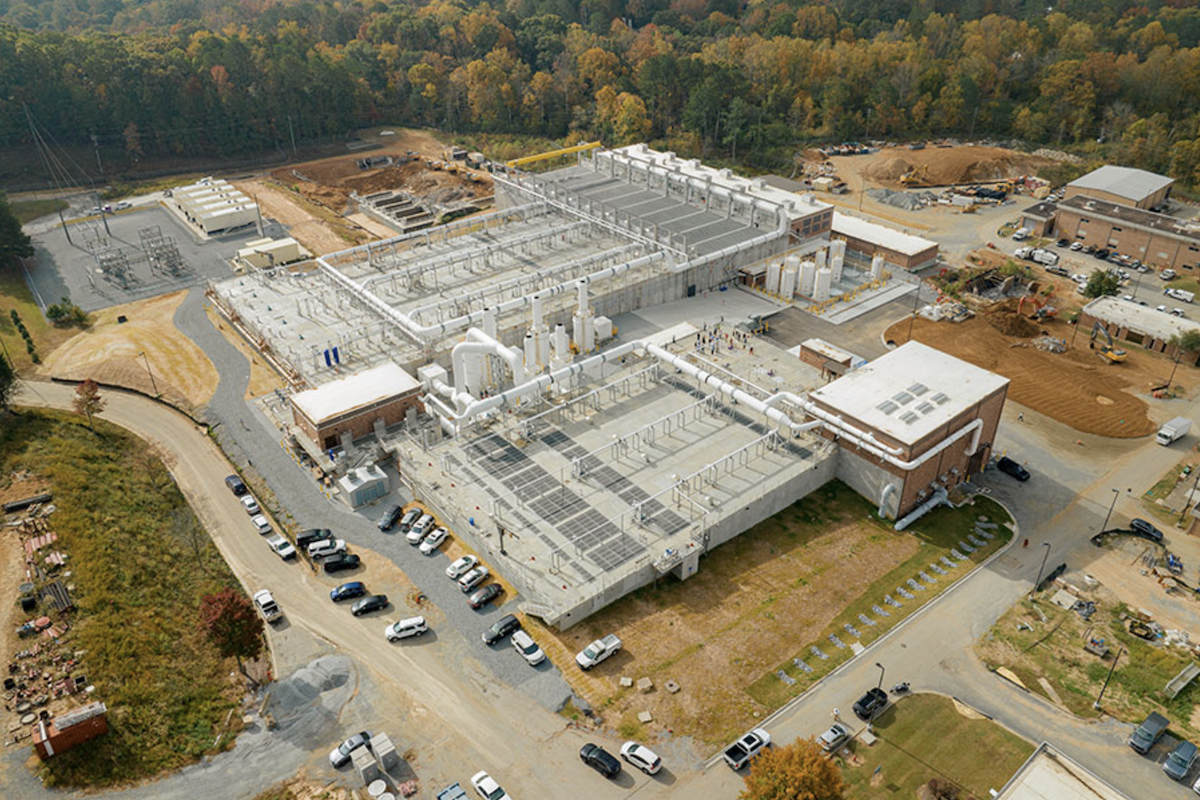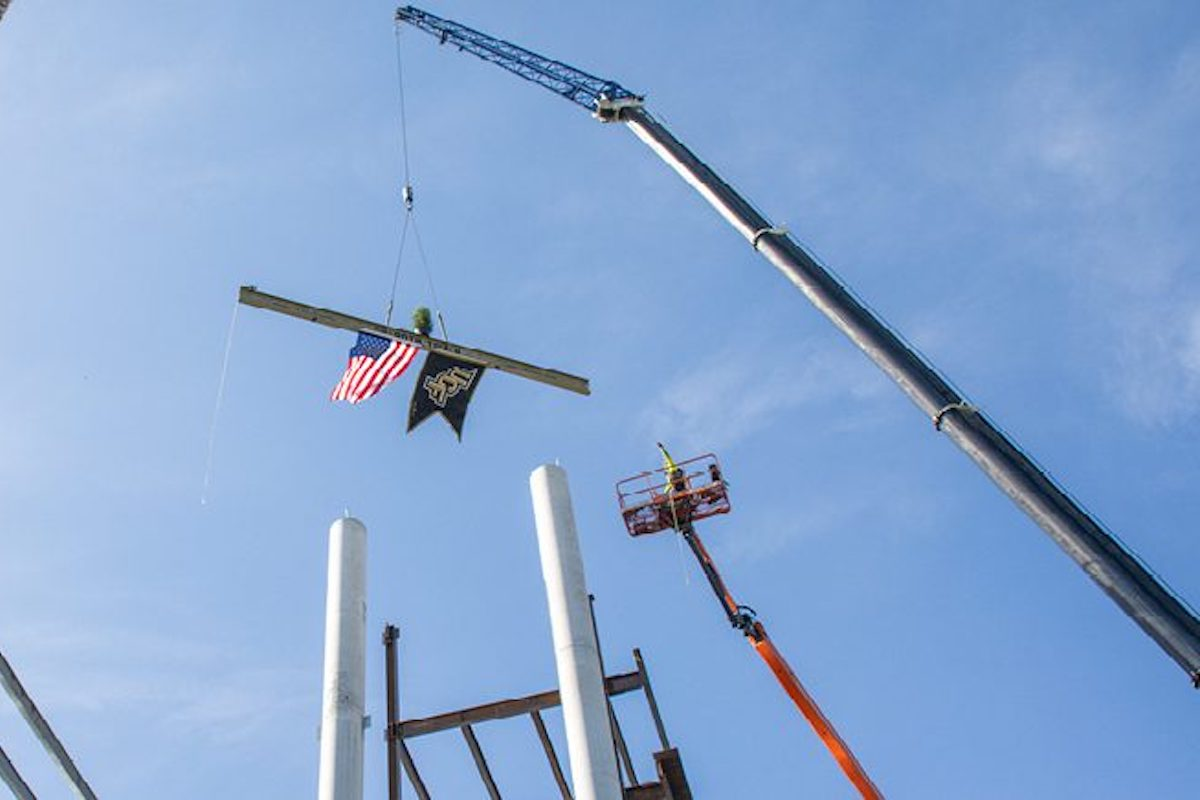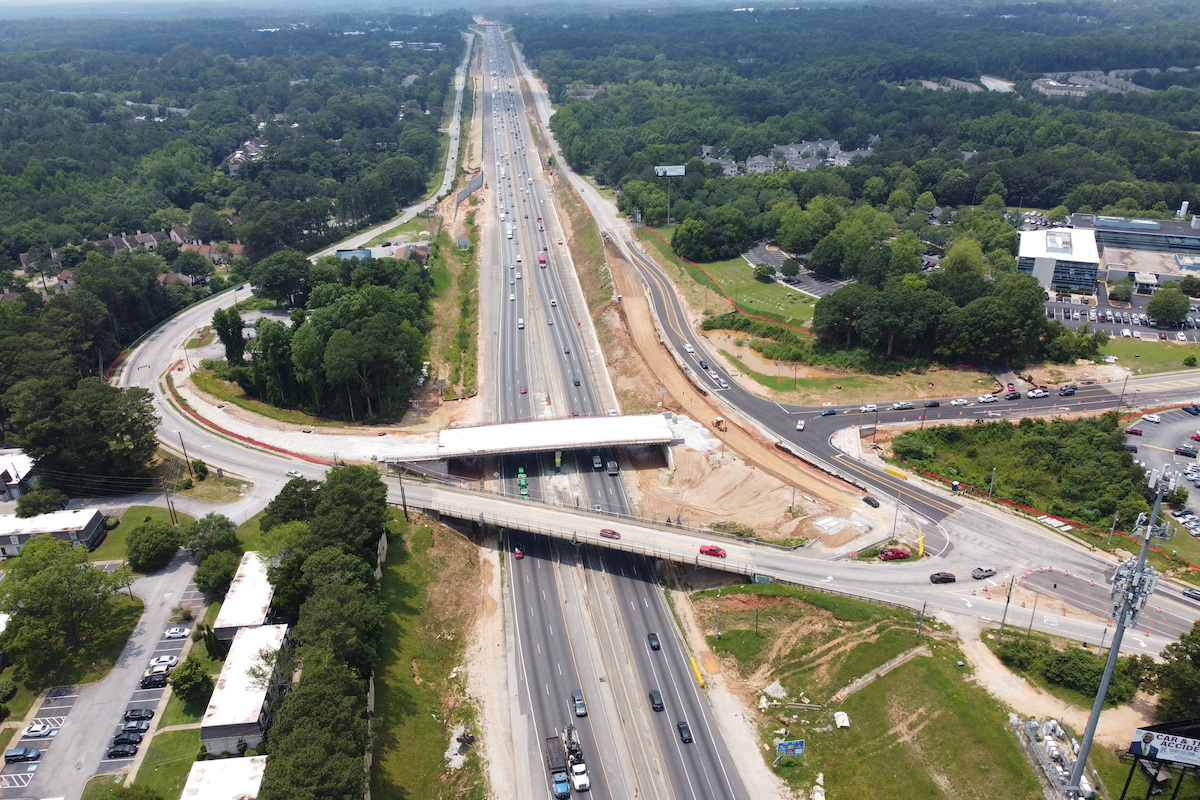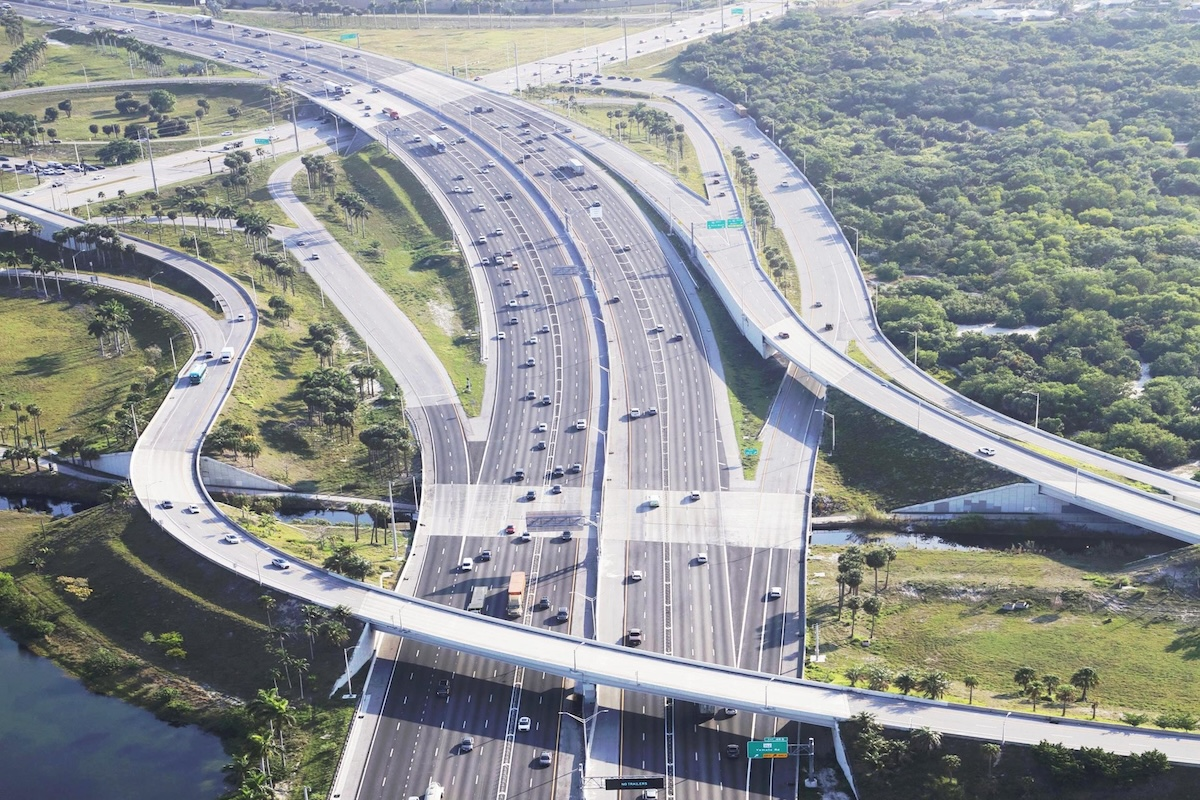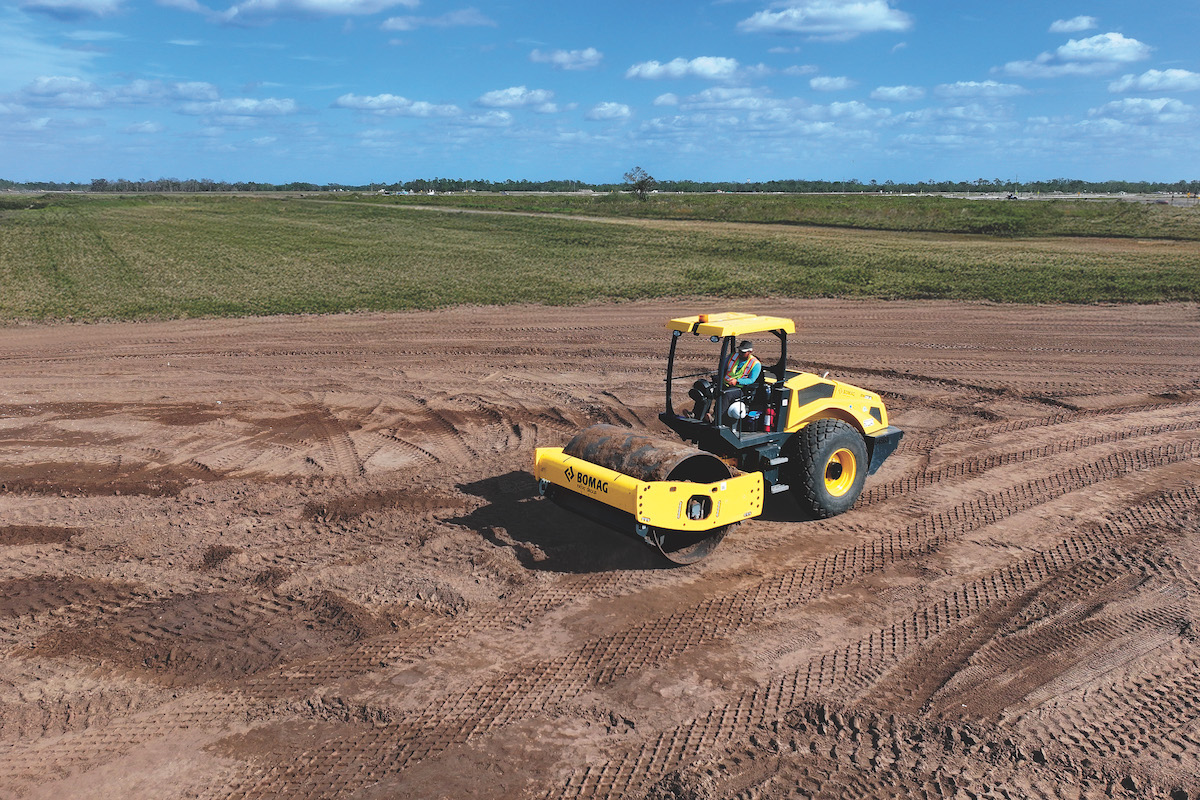Alabama has taken steps to maintain its transportation and energy networks and improve its port and rail infrastructure, all of which play a pivotal role in economic stability, but major hurdles remain, especially for water infrastructure systems throughout the state. Civil engineers graded aviation (C), bridges (C+), dams (Incomplete), drinking water (C-), energy (B), inland waterways (D), ports (B), rail (B), roads (C-), stormwater (D+), transit (C-), and wastewater (D).
Dams received an ‘Incomplete’ grade again in this report, just like it did in the section’s 2015 report, as Alabama still is the only state in the U.S. without a dam safety program, which disqualifies itself from accessing federal infrastructure funds for inspections, training, and rehabilitation. Based on estimates by Alabama Department of Economic and Community Affairs (ADECA), the US Army Corp. of Engineers (USACE), and other sources, the National Inventory of Dams shows that Alabama has 226 high hazard potential dams (HHPD), meaning if they were to fail it would lead to loss of life or significant property damage.
Through a grant from Federal Emergency Management Agency (FEMA), ADECA has made progress on preparing an inventory of dams in Alabama, but more funding is needed for ADECA to perform onsite surveys, inspections, or assessments.
“This report illuminates concerns with our infrastructure that sometimes are out-of-sight, out-of-mind, such as our 2,273 dams across the state,” said Joe Meads, P.E., Co-Chair, 2022 Report Card for Alabama’s Infrastructure. “However, the report also outlines the many successes we’ve had as a state over the years, such as improving our ports to keep us competitive. We’re modernizing assets and addressing bottlenecks to allow businesses to flourish, keep residents safe, and improve livelihoods for all Alabamians, and we must continue to prioritize these assets to get to where we want to be in the future.”

| Your local Wirtgen America dealer |
|---|
| Dobbs Equipment (DXC) |
The 2019 Rebuild Alabama Act increased the state’s gas tax by 10 cents, creating an estimated $320 million in new funding per year for Alabama’s roads and bridges, which led to each receiving significant grade increases from the 2015 report, as roads improved from a D+ to a C- and bridges improved from a C- to a C+. This investment has resulted in an additional 9,000 jobs and played a part in Alabama’s improving bridge conditions, as the percentage rated in poor condition has dropped dramatically from 8.6 percent in 2015 to 3.8 percent currently, half the national average.
Rebuild Alabama, along with the Alabama Transportation Rehabilitation Improvement Program (ATRIP), implemented a combined 141 widening, resurfacing, repair, remediation, lane additions, lane extensions, intersection improvements, and more projects for the state’s roads between 2020 and 2021.
Despite these improvements, more is needed to bring Alabama’s surface transportation network up to par and to be prepared for future needs. Future roadway needs are projected to cost nearly $37 billion by 2035, while the Alabama Department of Transportation will need to spend more than triple the current annual funding level over the next 10 years to maintain current bridge condition levels.
Vehicle travel increased 14 percent from 2009 to 2018 and congestion is on the rise, particularly in urban areas, with Birmingham experiencing the most delays. Congestion-related delays and traffic crashes are currently costing state residents $5.3 billion per year.
“Rebuild Alabama was a huge step in the right direction,” said Senator Clyde Chambliss. “An efficient road network leads to an efficient economy, and the legislation provided thousands of jobs. We still have more work to do and the extra resources coming from the federal infrastructure bill should make that work a bit easier, but we must continue to press on for much-needed improvements so that our communities can thrive.”

| Your local Topcon Positioning Systems Inc dealer |
|---|
| Linder Industrial Machinery |
Energy (B), ports (B), and rail (B) received the highest grades in the report. Alabama consumes roughly the same amount of energy as it produces, and the network has grown to be more resilient to withstand increasingly severe weather events; the state ranks 6th in the nation for total net electricity generation.
The Rebuild Alabama Act included $150 million for ports, while the Alabama State Port Authority has spent $1.4 billion on channel improvements since 2002. The Port of Mobile is the 11th largest single deep-water port in the U.S. by volume, and the Container Terminal is the nation’s fastest growing container terminal. The Port Authority’s total economic value is $25.4 billion, with the sector providing more than 150,000 jobs.
Federal funding for the rail network has doubled between 2020 and 2022, and the inclusion of private investment has contributed to improvements for rail projects and intermodal facility expansions at the Port of Mobile. Alabama ranks 12th in the nation in number of freight railroads with 26 lines; however, passenger rail options are limited to just one rail service line — the Crescent line — and must be expanded upon as the population grows.
The state’s water systems are severely underfunded and, as a result, their conditions have deteriorated. Inland waterways (D) and wastewater (D) received the lowest grades in the report. Lack of funding has led to deferred maintenance of the state’s inland waterways, causing these structures to be unavailable for commercial traffic, slowing down the shipment of commodities and hindering the economy. Two of the state’s locks have been completely closed to traffic due to poor conditions, and 12 of the 16 locks were built more than 50 years ago.
Alabama’s wastewater systems have more than $3 billion in needs over the next 15 years. One quarter of the state’s septic tanks are failing, and utility rates are just two-thirds the national average, proving inadequate for improving and maintaining these systems. At least 50 percent of the state’s wastewater infrastructure — including treatment systems and conveyance networks — needs expansion. In the last decade, about half of the state’s 20 largest wastewater treatment plants and collection systems experienced annual average water flows that were nearing their design threshold, or more than 75 percent of the design flow.

| Your local Bobcat dealer |
|---|
| Pinnacle Central Co Inc |
The report also includes calls to action to raise the grades, including the recommendation for the state to establish a dam safety program to inspect the condition of the state’s dams and create a revolving grant or loan program to rehabilitate and repair dams in need.















